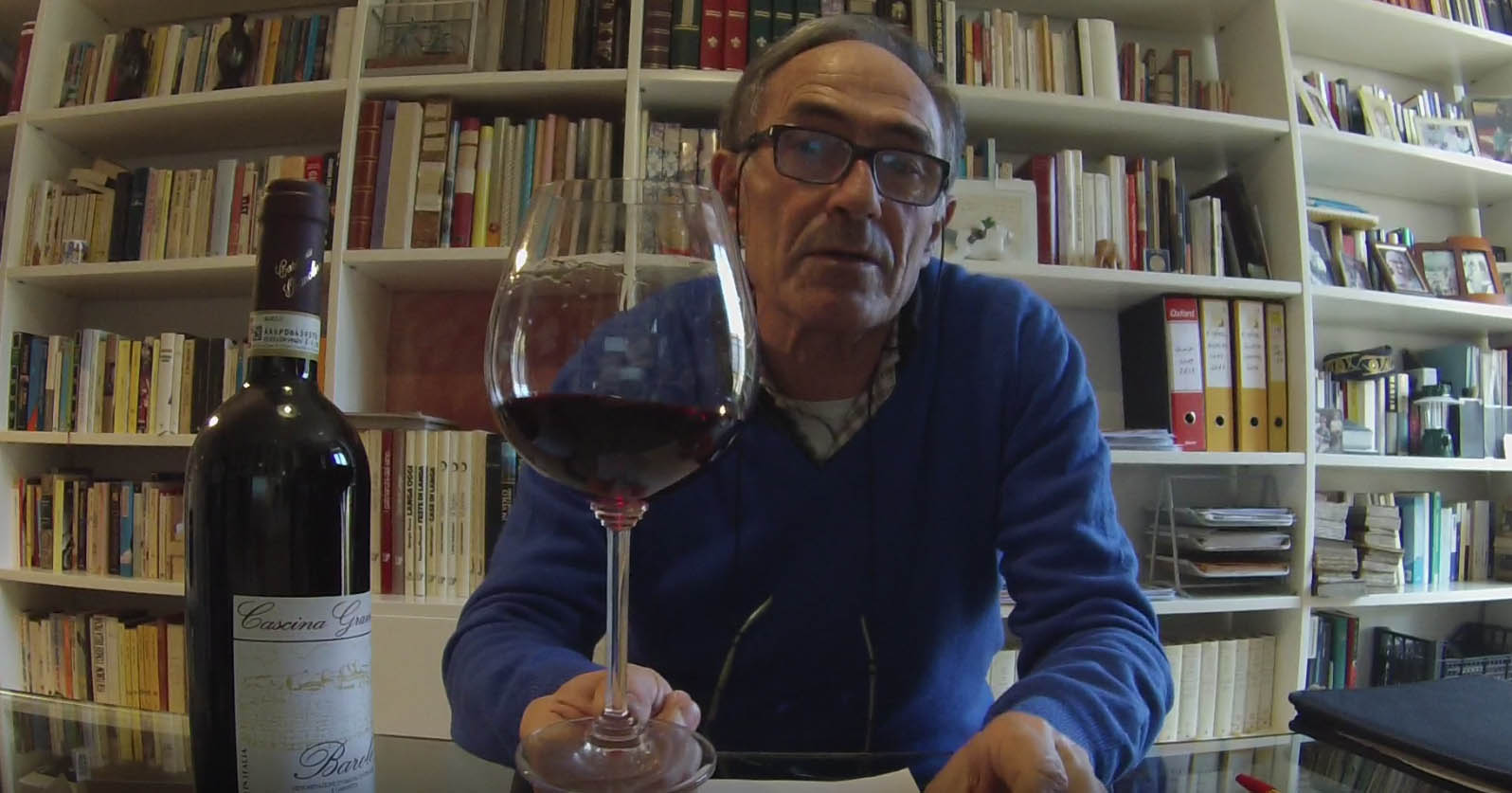Tasty reads
The jewel of world enology: Barolo DOCG

Lorenzo Tablino, expert enologist and certified ONAV Taster, tasted the Barolo DOCG Cascina Gramolere for us.
Barolo is the King of wines and the wine of Kings, because it was widespread in the European courts where it was often given as a gift by the Savoy dynasty.
It is most definitely a wine that fears no comparisons, which Tablino prefers to call “a jewel of world enology”.
Barolo is produced with Nebbiolo grapes, a very old vine that arrived in the Langhe in 1266. Over time it has found its exclusive habitat in the Langhe, in a very restricted area of just 2,000 hectares located in 11 municipalities.
Among these is Monforte d’Alba, one of the most suitable terroir for producing this marvelous wine.
The hills of the Langhe owe their particular mineral composition to the sea: 150 million years ago, where vines and hazelnuts are now cultivated, there was nothing but sea.
With the passing of time, the seabed has risen, originating subsoil that is rich in microelements: marl, limestone, clay, sandstones, sand, etc.
This combination of factors made the Langhe a fertile ground for the cultivation of vines and the production of high quality wines.
Nebbiolo grapes are characterized by late ripening, followed by harvesting at the end of October- beginning of November, the misty season, from which the name ‘Nebbiolo’ derives.
Claudio Pressenda respects and enhances his vines to the utmost, producing an authentic Barolo with long macerations and fermentations.
The aging period takes place in wood, in large Slavonian oak barrels. It then has a final aging period in bottles, during which the Barolo is enriched with the fragrances that make it unique all over the world.
When observing the wine, what immediately stands out is the garnet red with orange nuances. While swirling it in a glass you immediately notice its perfect viscosity. This is a very limpid wine.
On the nose we detect notes of goudron, typical of Barolo. Tertiary aromas indicate the highest level of wine, certainly of great finesse.
Through its bouquet we distinguish the spicy notes of white pepper and cinnamon which, with further aging, will evolve into black truffles and tobacco. All these sensations are the combination of numerous factors that are linked to the fermentation, the cellar, the aging in wood and aging in bottles.
In the mouth this wine is full-bodied, warm, balanced and of great persistence. On the taste buds we can easily recognize the characteristics of the vine, the territory and the viticulturist’s work.
These great sensations are what make it a fantastic wine: Barolo is one of the few wines capable of giving such an immense sensorial gratification.
Since it’s the wine of the Kings, we must pay special attention to how it is served.
We suggest opening the bottle roughly half an hour before it is served and pouring the wine into large glasses, like the ballon or the ISO. In this way, the oxygenation of the wine is favored, thus allowing its aromas to fully develop.
At the dining table, we serve it with important meats and lengthy cooking dishes, such as game and braised meats, or with a rich platter of aged cheeses that have strong and persistent flavors.
Its serving temperature should be around 20° C.
However, those who prefer to preserve it a few more years can safely store it in the cellar for another 10 years. During this period, all the Barolo’s characteristics will evolve: color, aromas and flavors.
Cascina Gramolere represents a typical company in the Langa: artisan production, family-run, small quantities and fantastic quality.
The owner, Claudio Pressenda, produces the territory’s typical red wines in the locality of Castelletto in Monforte d’Alba: Barolo, Dolcetto, Barbera.
